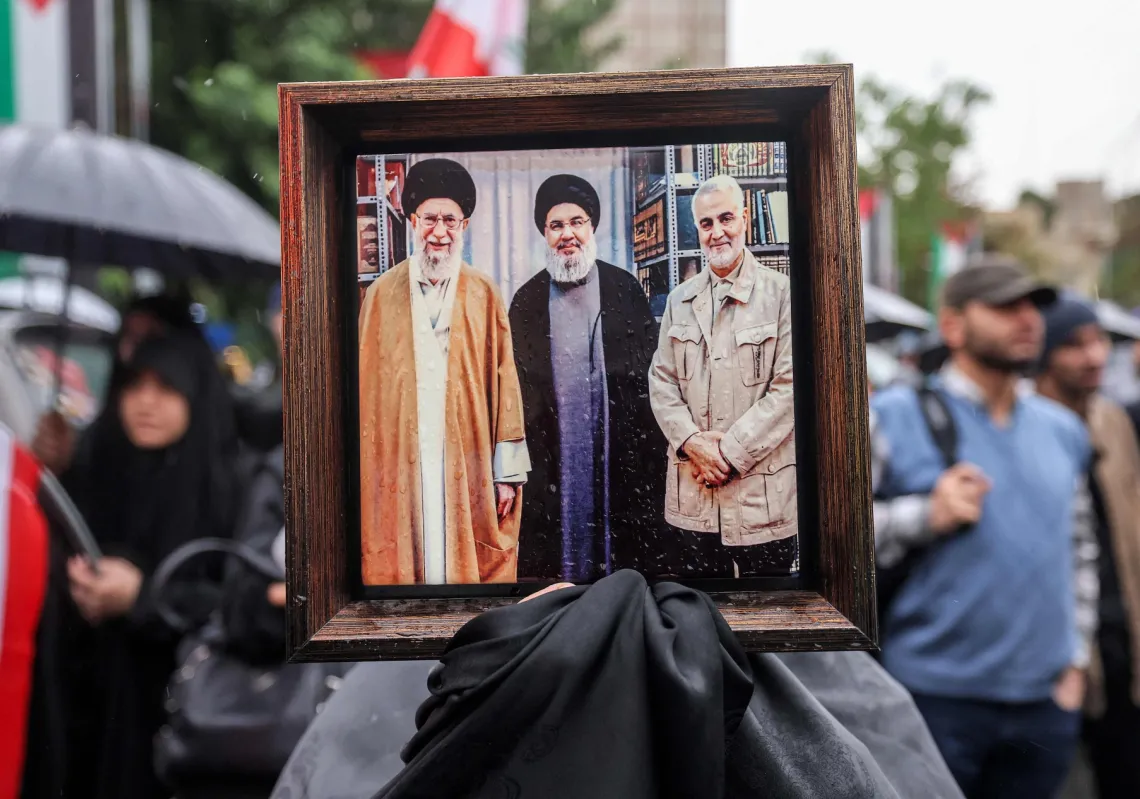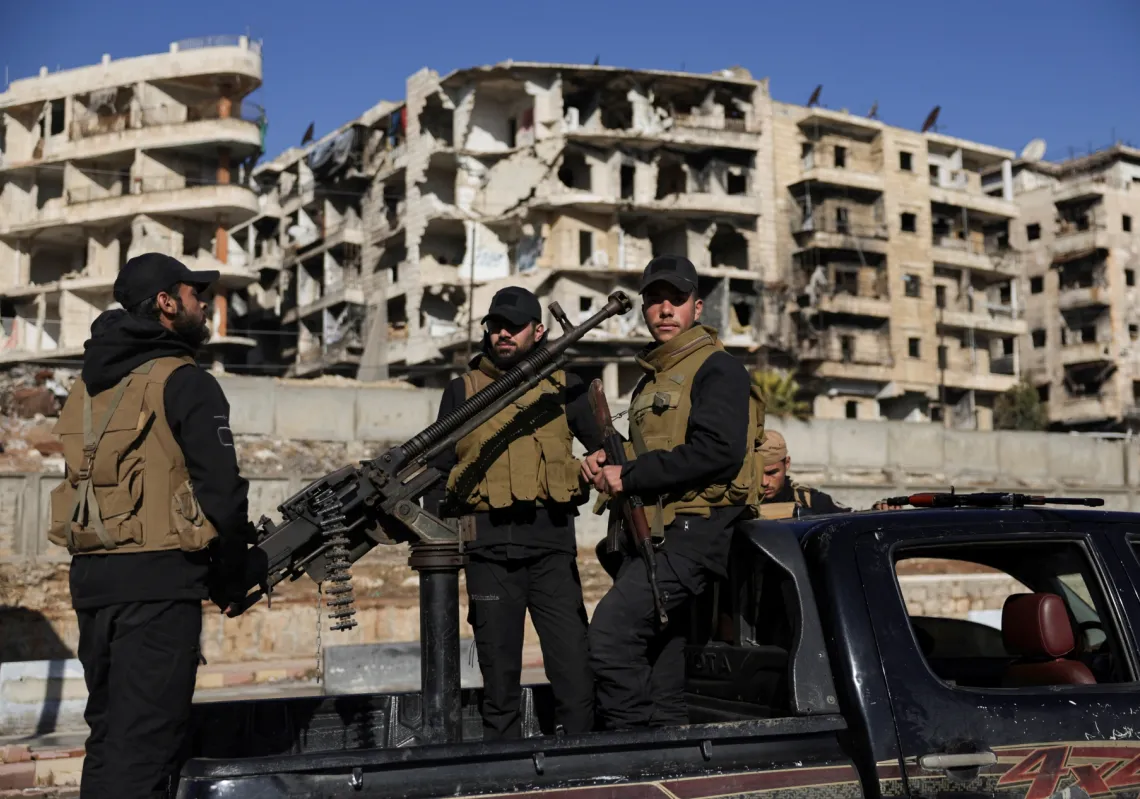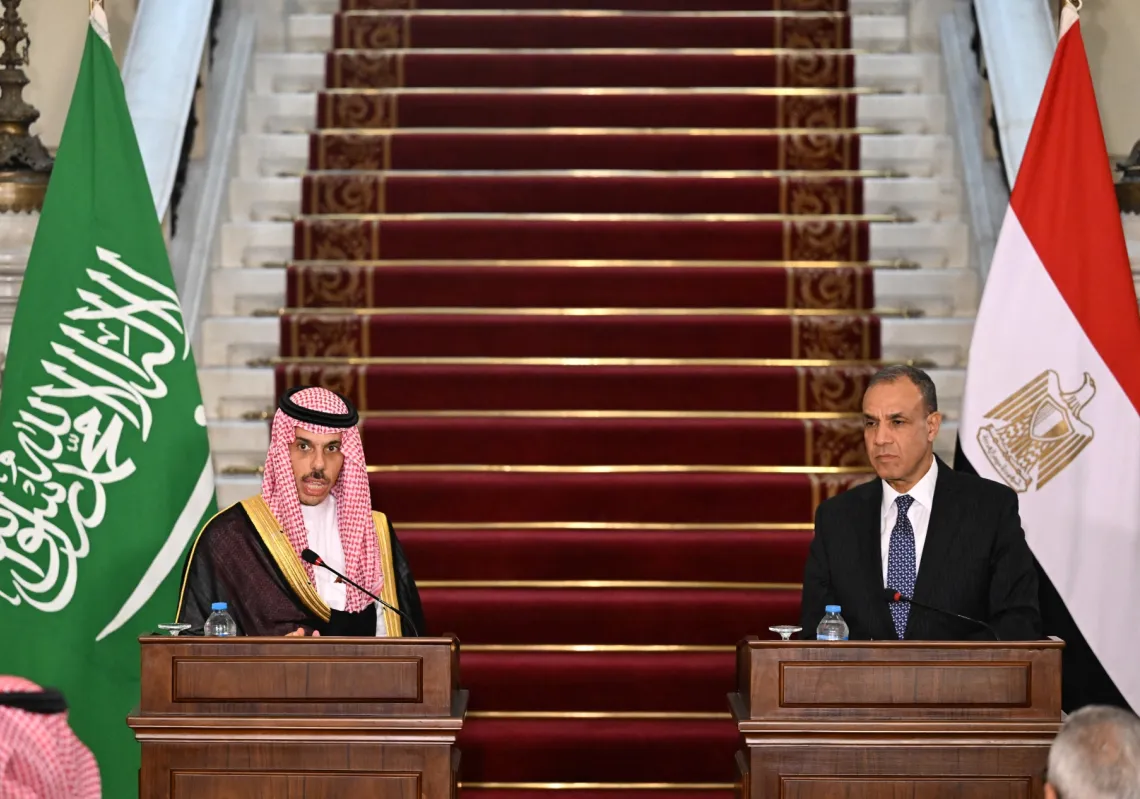Access to the internet and the mobile telephone network was cut off in the Gaza Strip on 27 October after intense rocket fire from the Israeli army targeted border areas east of the city of Beit Hanoun in the northeast.
The blackout meant over 2 million people could not connect or communicate when they most needed contact with each other and the outside world.
It was not the first such disruption during Israel’s war on Gaza. When the air strikes began after 7 October, the Palestinian Telecommunications Company’s building was hit as part of attacks on large residential buildings in the Al-Rimal district in the centre of Gaza City.
Transmission towers used for internet access were damaged, disrupting communications across large areas of Gaza. Such outages add to the trauma and uncertainty during already difficult times, with people relying on their phones and computers to stay in touch while under attack.

Akram Ajour, a 32-year-old Gaza resident, used the internet to communicate with relatives across the city. They reassured each other whenever they heard explosions. If a response was missing, Ajour turned to local newsgroups to find out where the attacks took place and whether they were close to his relatives and friends.
Then came the outage.
“When the internet was no longer available, I felt lost, like a deaf and blind person. I could not know or see what was happening and could not communicate with anyone,” he said.














